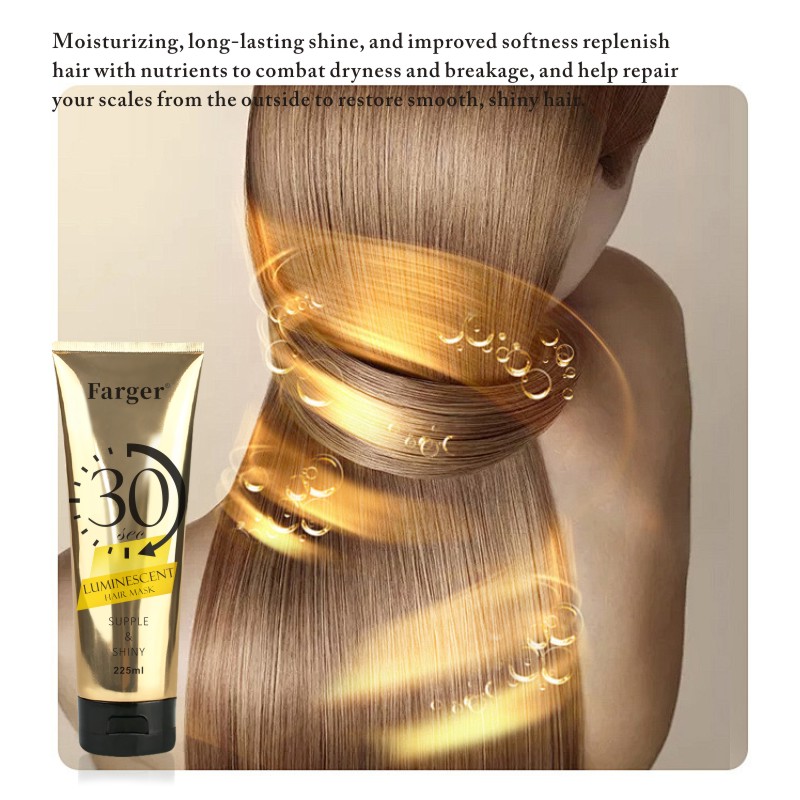Introduction
Have you ever wondered what people did to keep their hair clean before the advent of shampoo? It’s fascinating to think about how our ancestors managed their locks with nothing but natural resources. Understanding these practices not only sheds light on our grooming history but also inspires a return to simpler, more natural hair care methods. Let’s dive into the world of pre-shampoo hair care!
The History of Hair Care
The journey of hair care is as old as civilization itself. From the ancient Egyptians, who valued beauty and cleanliness, to the Romans, who crafted early soaps, each culture has contributed to our understanding of hair maintenance. As time went on, the transition from natural methods to commercial products marked a significant shift in how we care for our hair.
Common Natural Cleansers
Water: The Original Cleanser
Before any fancy products hit the market, people relied heavily on water. Whether it was a river, lake, or simply a bucket of fresh water, the cleansing power of H2O was vital for maintaining hair cleanliness. Water alone can rinse out dirt and sweat, making it the most basic yet effective cleansing agent.
Clay and Earth
Clay wasn’t just for pottery; it also played a crucial role in hair care. Different types of clay, like kaolin and bentonite, were used for their absorbent properties. These natural cleansers help draw out impurities from the scalp and hair, leaving it fresh and clean.
Herbs and Plants
Various cultures have long utilized herbs and plants to maintain healthy hair. For instance, in many regions, ingredients like rosemary, chamomile, and nettle were popular. These plants not only cleaned the hair but also imparted beneficial nutrients, promoting shine and health.
Animal Products
Animal Fats and Oils
Believe it or not, people also turned to animal fats and oils for hair care. Fat rendered from animals was often mixed with herbs or plants to create a cleansing paste. This method provided moisture while helping to cleanse the hair.
Egg Yolk
Egg yolk was a popular choice for hair cleaning, especially in Europe. The natural fats and proteins found in eggs made them an excellent conditioner and cleanser. Simply mixing egg yolk with water and applying it to the hair would leave it shiny and healthy.
The Role of Soap
Early Soap Making
Soap-making has ancient roots, dating back to Babylonian times. Early soaps were crafted from animal fats and ash, providing a way to cleanse both the skin and hair. These handmade soaps were a significant step in hair care evolution.
Transition to Commercial Soaps
As the soap industry grew, commercial soaps began to replace traditional methods. Though effective, these soaps often contained harsh chemicals that could strip hair of its natural oils, leading to a quest for gentler alternatives.
Cultural Practices
Indian Amla and Reetha
In India, the use of amla (Indian gooseberry) and reetha (soap nut) for hair care is centuries old. These natural ingredients are known for their cleansing and nourishing properties, making them staples in traditional Indian hair care practices.
Japanese Sake
In Japan, sake, a fermented rice drink, wasn’t just for consumption. It was also used in hair rituals, believed to promote shine and strength. The natural amino acids in sake contributed to healthier hair.
Modern Alternatives Inspired by History
No-Poo Movement
In recent years, the no-poo movement has gained traction, encouraging people to ditch commercial shampoos for natural alternatives. This trend echoes the historical practices of using simple, natural cleansers for hair care.
DIY Natural Shampoo Recipes
If you’re interested in trying your hand at hair care like our ancestors, there are countless DIY recipes available. Ingredients like baking soda, vinegar, and various herbs can create effective homemade shampoos that clean without harsh chemicals.
Conclusion
Understanding what people used before shampoo gives us a glimpse into the resourcefulness of our ancestors. From water and clay to animal products and herbs, these natural cleansers highlight a connection to nature that many of us have lost. As we consider the future of hair care, perhaps it’s time to reconnect with these age-old practices for healthier, more vibrant hair.
FAQs
What are some effective natural alternatives to shampoo?
Common alternatives include baking soda, vinegar, and herbal rinses.
How can I make a homemade shampoo?
You can mix equal parts baking soda and water for a basic cleanser, or use a decoction of herbs like chamomile or nettle.
Is using soap on hair safe?
While traditional soaps can clean hair, they may strip natural oils. It’s best to choose milder, natural soaps.
What herbs are best for hair cleansing?
Popular herbs include rosemary, sage, and hibiscus, each offering unique benefits.
Why did people stop using natural cleansers?
The rise of commercial products and the convenience they offer led many to abandon traditional methods.

